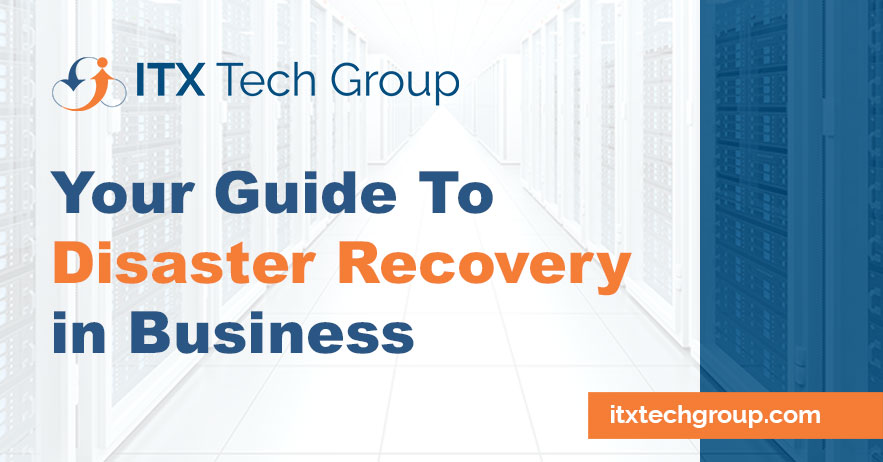Unforeseen disasters can strike at any moment, posing a threat to critical data, operations, and overall continuity.
A disaster recovery plan is not just a precaution; it’s a strategic imperative to ensure resilience and swift recovery in the face of adversity.
In this comprehensive guide, we’ll navigate through the essential components of disaster recovery, providing businesses with a roadmap to fortify their operations and safeguard their future.
Risk Assessment
The first step in crafting an effective disaster recovery plan is a thorough risk assessment. Identify potential threats, including natural disasters, cyberattacks, and other disruptive events.
Evaluate the impact of these threats on critical business functions, infrastructure, and data integrity.
Business Impact Analysis
Conduct a business impact analysis to prioritize critical functions and processes. Understand the dependencies between different business components and determine the potential financial and operational impact of disruptions.
This analysis forms the basis for developing a targeted and efficient recovery strategy.
Develop a Disaster Recovery Team
Establish a dedicated disaster recovery team with clearly defined roles and responsibilities. This team will play a crucial role in executing the disaster recovery plan, coordinating response efforts, and ensuring a swift return to normal operations.
Data Backup and Storage
Implement a robust data backup strategy. Regularly back up critical data and ensure that backups are stored in secure, offsite locations.
Cloud-based solutions can provide a scalable and reliable option for data storage, offering accessibility and redundancy in the event of a disaster.
Choose the Right Technology
Invest in resilient and redundant technology solutions to minimize downtime. Cloud services, virtualization, and failover systems contribute to creating a flexible and adaptive IT infrastructure.
This technology backbone ensures that critical systems can be quickly restored in the event of a disaster.
Develop a Communication Plan
Effective communication is paramount during a disaster. Establish a communication plan that outlines how the disaster recovery team will communicate with employees, stakeholders, and the public. Clarity and transparency are crucial in managing the response and maintaining trust.
Regular Testing and Drills
Regularly test and conduct drills to ensure the effectiveness of the disaster recovery plan. Simulating various disaster scenarios allows the team to identify potential weaknesses, refine processes, and familiarize personnel with their roles.
Preparedness is the key to a swift and effective response.
Vendor and Partner Collaboration
Collaborate with vendors, partners, and service providers to align disaster recovery efforts. Ensure that external entities involved in critical business functions also have robust recovery plans in place.
Establish clear communication channels and coordination mechanisms to synchronize recovery efforts seamlessly.
Compliance and Legal Considerations
Understand and adhere to regulatory requirements pertaining to data protection, privacy, and business continuity. Compliance with industry standards ensures that the disaster recovery plan not only safeguards the business but also aligns with legal obligations.
Continuous Improvement
Disaster recovery is an ongoing process. Regularly review and update the disaster recovery plan to account for changes in technology, business processes, and the threat landscape.
Continuous improvement ensures that the plan remains effective and adaptive to evolving business needs.
Conclusion
In the unpredictable journey of business operations, a well-crafted disaster recovery plan acts as a compass, guiding organizations through the storms of uncertainty.
By conducting thorough risk assessments, prioritizing critical functions, and embracing technology and collaboration, businesses can fortify their resilience and ensure a swift recovery from any disaster.
In the face of uncertainty, preparedness is the beacon that lights the path to a resilient and thriving future.
ITX Tech Group has been serving small, medium, and large scale businesses with their IT support and cybersecurity needs all over the United States since 2011, so we’re confident we can provide you with affordable, professional IT solutions for years to come!
Connect with us for a free consultation to discuss your business technology needs.

